 |
||
|
||
| ||
 I have already examined the Acer ScanWit 2720 film scanner. The today's model looks similar to its predecessor except only the ICE mark. It is the only difference between the two. This mode allows retouching scratches and dust on a film. The driver is the same, but when you use this senior model you can enable the ICE mode. 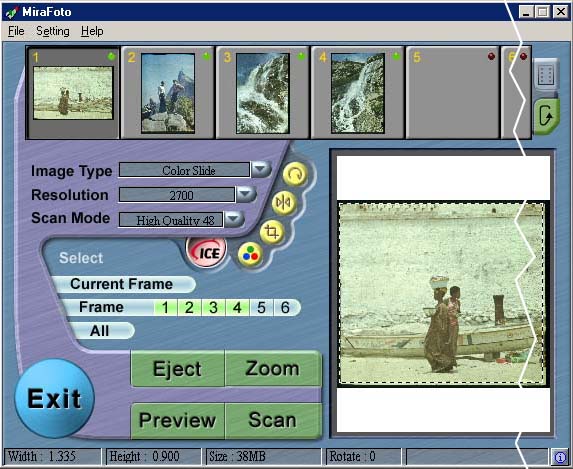 To estimate this method I found in my archive slides of 70s which were looked at a countless number of times, are scratched badly, and I meaningly didn't blow off the dust. The photos show how good the scanner is at it. (In order to prove that the slides are really old there is also a photo of the same church shot 20 years later with a digital camera. As you can see, the time has changed not only the film, but also the object.) 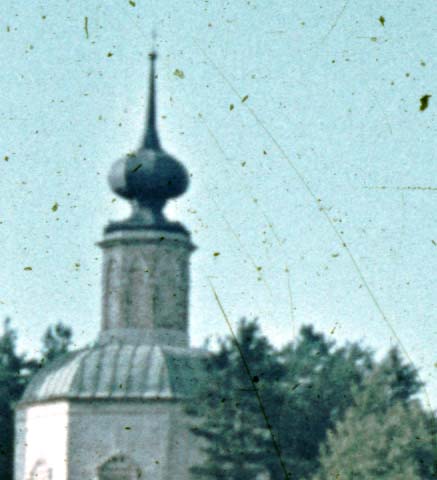 The slide is scanned with the ICE mode disabled. 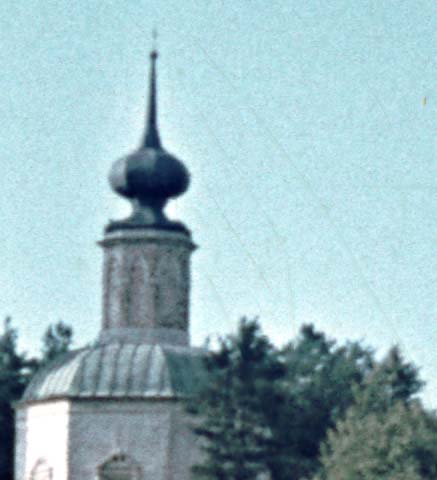 The slide is scanned in the ICE mode. The dust have gone completely away, while small scratches are still noticeable. The sharpness hasn't changed. 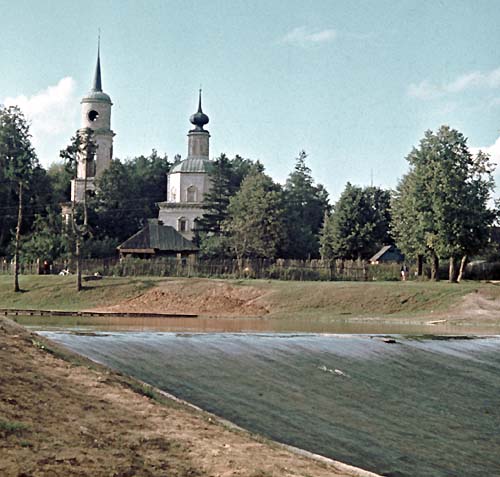 The object on the old slide ORWO UT18  The object shot with the CASIO QV2000 camera 20 years later. 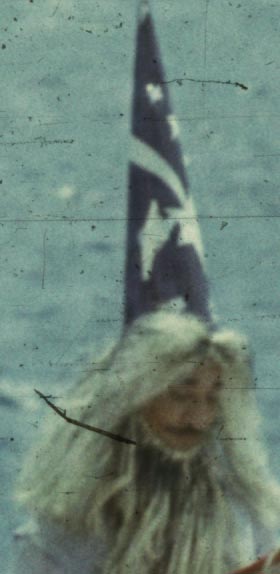  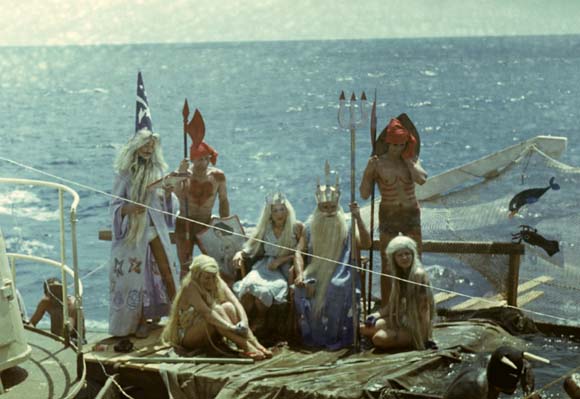 Neptune festival, 1979. ORWO UT18. The result is impressing, but if a scanning process with the ICE disabled takes only 60 s, in this mode the time increases 5 times - 5 min 17 sec. In this mode the scanner first makes a preview, then implements calibration and then scans, the carriage moving forth and back time and again. It may seem that the work the scanner implements can be done in a graphics editor. But I haven't seen so far good filters that would remove scratches and work with 48-bit color. If you just scan an image and try to remove scratches on a program level, the result will be worse. It depends not only on a processing algorithm, but also on the fact that the scanner gets a lot of excessive information by implementing a scanner process several times which allows it to work more effectively. This mode looks very attractive for many old films. Despite such a long scanning time you don't need to set parameters separately for each frame. But such universality has also drawbacks. If, for example, an image is formed not by dyes but by silver crystals, the scanner worsens the image. It makes the contrast of separate details sharper. 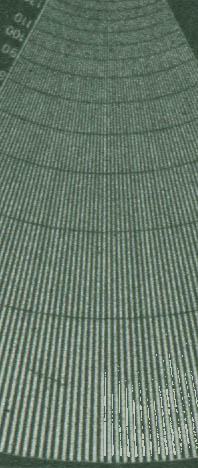 A shot of a resolution chart on the T-MAX 100 black-and-white negative film is scanned as a color slide. The right part is scanned in the ICE mode.  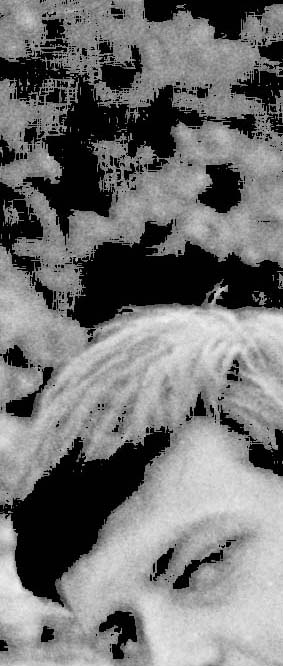 Photo 65 What is the maximum optical density the scanner can work with? In order to find it out we scanned the black-and-white shot of the resolution chart a part of which was covered by two pieces of a light-struck film, each weakening the luminous flux by 9.8 times. The optical density of the film was measured with an exposure meter/flash meter SEKONIC L-508 ZOOM MASTER and with an exposure meter Sverdlovsk-4. Both results are very close. As you can see, the details are not distinguishable with the flux being weaker by 2 orders.  The flux was weakened by 9.8 and 97. After JPEG compression the resolution chart details with the density of the negative film more than 2D are almost unnoticeable. When I implemented a detailed metering of the initial image in the graphics editor the details were distinguishable even at such density. The scanner is able to work with films whose optical density can be changed by 1000, but to use this dynamic range you have to get a film which lacks for fog. Since the fog weakens a flux by 2 - 4 times we can use only 2 orders. Many black-and-white negatives have much higher density in shades, that is why if you want to see details in dark parts of the film, you will have to resort to chemical treatment, for example, in the Farmer's reducer. Now some words about a resolution of the chart and of the scanner. If you make a photo of the chart through a microscope you will distinguish more lines than the scanner will. But the shot must be considerably reduced so that a set of silver crystals was taken as a line. If we look at the parts of the chart which the scanner is unable to show at a strong enlargement, then it will be a set of pixels slightly different in frequency for light and dark stripes. On the whole, the point of view that a film can distinguish more than 50 lines per mm and that it is necessary to have scanner with a resolution more than 3000 pixels per inch is a myth, at least, as far as the Tmax film is concerned. 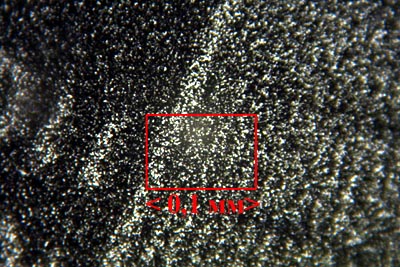 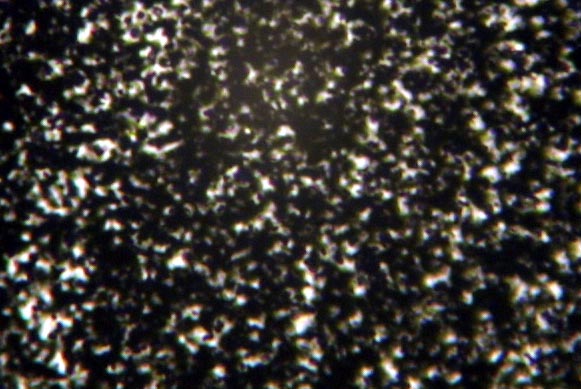 The shots are made with the Canon EOS D30 camera. The shooting of the resolution chart through the microscope lens (figure b). The scanner works excellently with color negatives of different companies. The menu of the driver contains a long list of films for which there are preliminary settings:
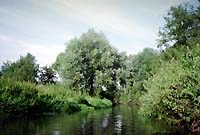 Kodak PFG  DS-4  Fuji G-400 The photos below show how the scanner copes with 3 different films. ConclusionThe Acer ScanWit 2740s scanner is similar to its older brother - 2720, but it has wider possibilities in processing of old damaged films. If you have a lot of color slides and negatives, the scanner will help you effectively to convert them into a digital form. But this scanner doesn't provide any advantages for black-and-white negatives. In general, both models work excellently
with correctly exposed films. If you want to improve
your old overdeveloped and overexposed negatives or underexposed
positives, these models won't help you.
Write a comment below. No registration needed!
|
|
Platform · Video · Multimedia · Mobile · Other || About us & Privacy policy · Twitter · Facebook
Copyright © Byrds Research & Publishing, Ltd., 1997–2011. All rights reserved.